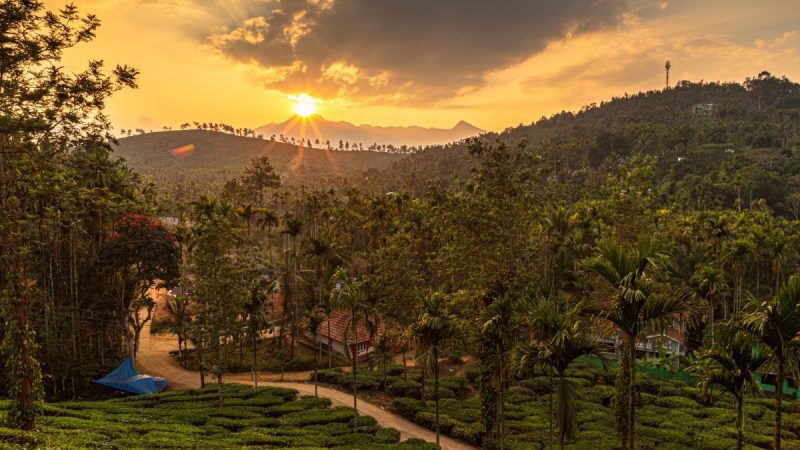In the serene hills of South India, a growing concern for preserving the fragile ecology is echoing through the misty air. Following the footsteps of Ooty and Kodaikanal in Tamil Nadu, Wayanad in Kerala is now demanding model restrictions to regulate the influx of tourists and vehicles into its pristine landscapes.
Wayanad Advocates Ooty And Kodaikanal Model Restrictions
Picture this: lush greenery, winding roads, and a tranquillity that seems untouched by time. But beneath this serene façade lies a delicate balance that is threatened by the surge in tourism. Wayanad, much like its neighbouring hill stations, is grappling with the challenges posed by uncontrolled visitor numbers and vehicular traffic.
Enter the “Ooty and Kodaikanal model restriction.” What’s that, you ask? Well, it’s a proactive measure aimed at preserving the natural beauty and ecological integrity of these hill stations. Essentially, it entails the implementation of an e-pass system for outside vehicles during peak tourist seasons, usually from May to June. This system acts as a gatekeeper, controlling the flow of vehicles and ensuring that the delicate ecosystems of these hill stations are not overwhelmed by human activity.
Now, let’s dive a little deeper into what this model restriction implies. Imagine you’re planning a trip to Wayanad. Instead of just hopping into your car and driving up the winding roads, you’d need to obtain an e-pass beforehand. This pass acts as your ticket to entry, but it’s more than just a formality. It’s a tool for managing the influx of tourists, preventing overcrowding, and mitigating the environmental impact of excessive vehicular traffic.
Also Read: 6 New Restaurants In Goa You Need To Try In The Sunshine State This Month
What Do They Entail?
But why the need for such measures? Well, imagine this: Wayanad, a serene haven of biodiversity, is experiencing a surge in visitors. The number of tourists flocking to its hills every month surpasses even its own population. This influx isn’t just about admiring the beauty of nature; it’s about striking a delicate balance between tourism and conservation.
The Wayanad Prakrithi Samrakshana Samithi, or the Wayanad Nature Protection Forum, is at the forefront of this movement. According to The Hindu, they’re not just calling for e-passes. They’re advocating for a comprehensive approach to tackle the challenges posed by unchecked tourism. This includes measures like legislating the regulation of vehicle numbers, studying the ecological impact, and recommending corrective actions.
At its core, the Ooty and Kodaikanal model restriction isn’t just about restricting access; it’s about fostering sustainable tourism practices that safeguard the natural wonders of these hill stations for generations to come. So, the next time you plan a trip to Wayanad or any other hill station, remember the importance of treading lightly and respecting the delicate balance of nature.
Cover Image Courtesy: Canva

